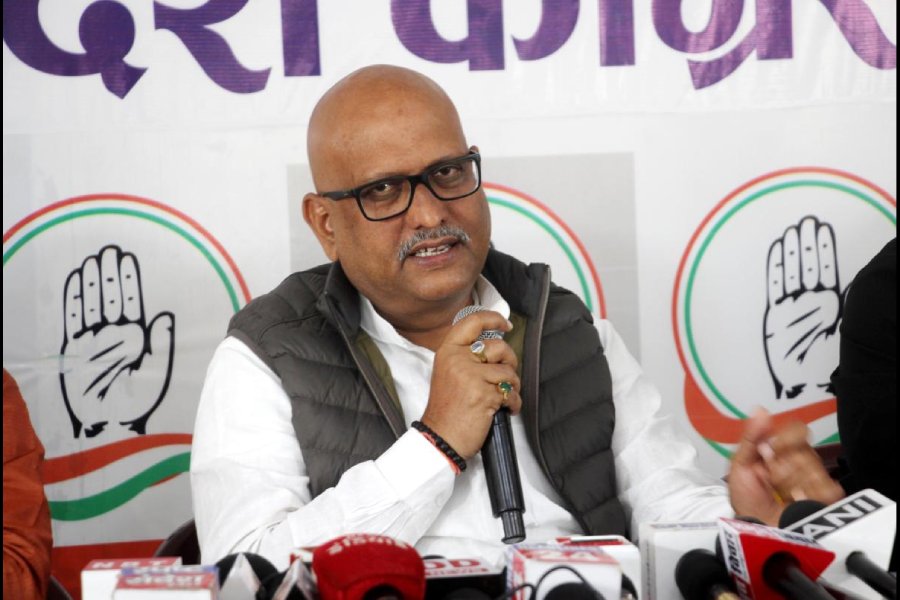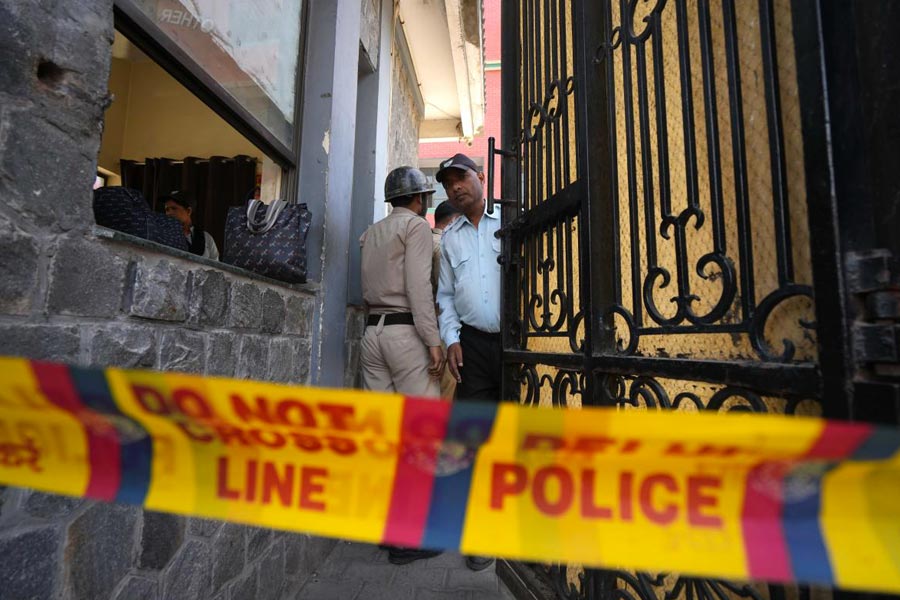In spite of being declared ‘Leprosy Eliminated’ in 2005, India still accounts for over 52% of new leprosy patients across the world. The health ministry has thus formulated a National Strategic Plan and Roadmap for Leprosy (2023- 2027) to bring this number down to zero cases by 2030. Leprosy is not the only disease being tackled. The National Strategic Plan (2017-2025) to end tuberculosis seeks a five-fold drop in the incidence and prevalence of the disease by 2025 from 2015 levels. It has also set itself the target of reducing the catastrophic expenses on treatment — equivalent to 20% or more of a patient’s annual household income. Initiatives to eradicate leprosy and TB have suffered setbacks because of the focus on the pandemic in the last few years. But the problems go deeper. The first hurdle to treating both diseases is detection. The stigma associated with leprosy — it was a ground for divorce until 2019 — and TB — it is still one of the top 10 reasons for a girl remaining unmarried — means that few patients go to the doctor on developing symptoms. The shame is also institutionalised — in Odisha, people with leprosy are not allowed to contest civic polls and in Rajasthan, panchayat elections. Not only does this delay the treatment but it also increases transmission. The government’s strategy of spreading awareness on State media is failing owing to the poor viewership of these channels.
The second challenge is the cost of treatment. While leprosy treatment is available free of cost at government hospitals, there are often shortages in medicines, leading to out-of-pocket expenditure and, worse, wrong treatment. TB patients, too, are forced to opt for private healthcare after being misdiagnosed — sometimes as many as 12 times — by government facilities, chemist shops and unqualified healthcare practitioners. Yet, a meagre Rs 72 crore has been allotted to the National Centre for Disease Control for communicable diseases in the budget for a population of 1.4 billion people. There is also another link between TB and leprosy that is seldom discussed — rifampicin, an antibiotic that is used as prophylaxis to prevent leprosy in those who come in contact with patients. But rifampicin causes antibiotic resistance to both TB and leprosy medication in the future. Both diseases face similar challenges, not least of which is age-old prejudice. Could it be argued that the battle plan for tackling the two diseases be concerted as well?










